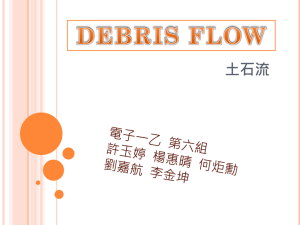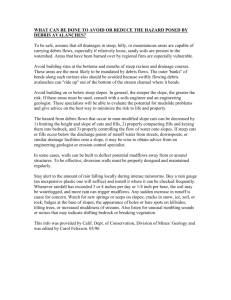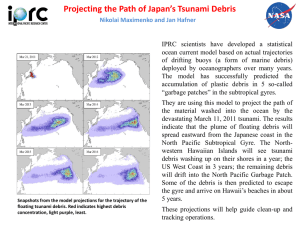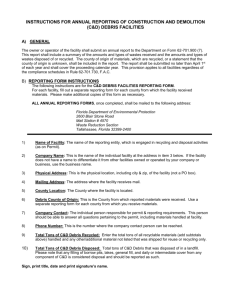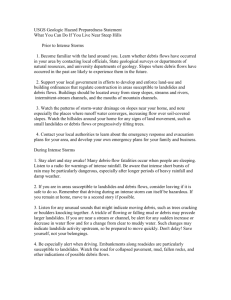Debris Flow Definition USGS
advertisement
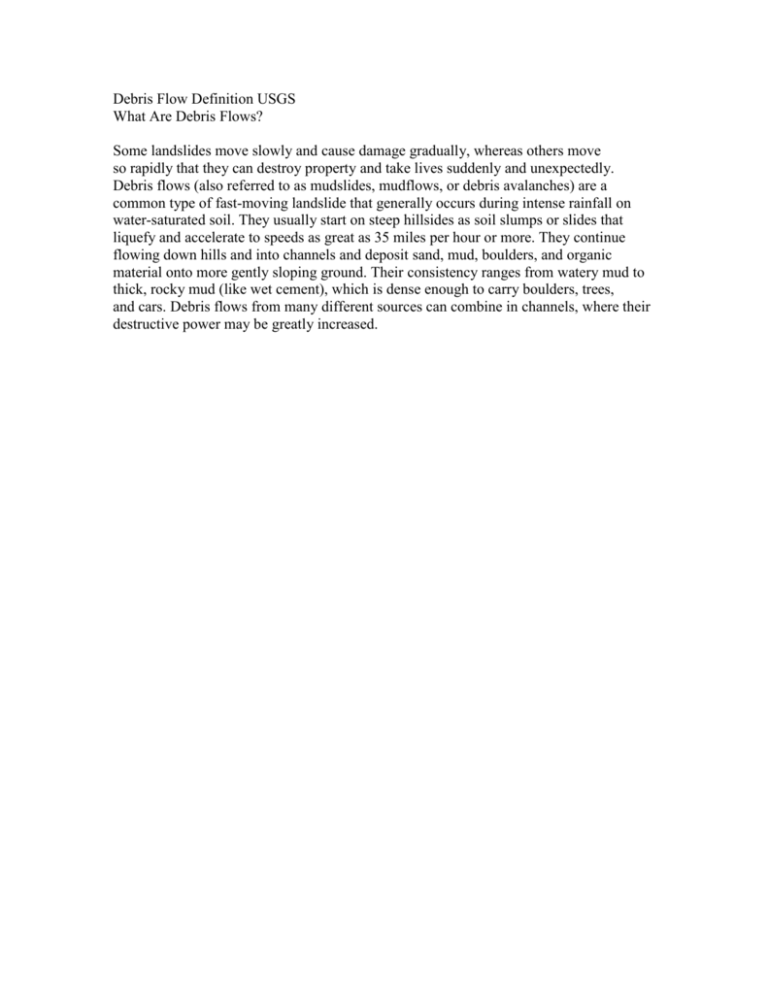
Debris Flow Definition USGS What Are Debris Flows? Some landslides move slowly and cause damage gradually, whereas others move so rapidly that they can destroy property and take lives suddenly and unexpectedly. Debris flows (also referred to as mudslides, mudflows, or debris avalanches) are a common type of fast-moving landslide that generally occurs during intense rainfall on water-saturated soil. They usually start on steep hillsides as soil slumps or slides that liquefy and accelerate to speeds as great as 35 miles per hour or more. They continue flowing down hills and into channels and deposit sand, mud, boulders, and organic material onto more gently sloping ground. Their consistency ranges from watery mud to thick, rocky mud (like wet cement), which is dense enough to carry boulders, trees, and cars. Debris flows from many different sources can combine in channels, where their destructive power may be greatly increased.






